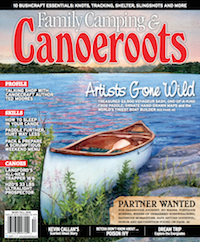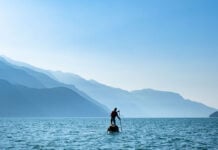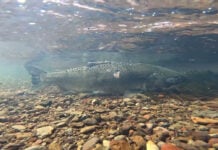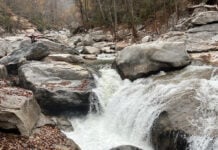If America was transformed by a domesticated animal—the horse—then Canada’s own coming to be was most certainly aided and abetted by a single species of tree—the birch, and the canoes that were made from it.
In the decades leading up to the country’s confederation, the canoe was integral to the way of life for Canada’s indigenous communities, as well as European traders and travelers. Given this history it should come as no surprise that many think the canoe should play a significant part in Canada’s 150th birthday celebrations coming up on July 1st, 2017.
For the Canadian Canoe Museum, where the hub of sesquicentennial canoeing activity will take place, there’s a push to bring the canoe into the national conversation as a symbol of reconciliation and reconnection amongst our river of nations. Advance preparations focused on canoes are already bringing communities closer together.
Among the birthday planners is Chief Misel Joe from Miawpukek First Nation on the south shore of Newfoundland. Ten years ago, tired of hearing debate about how the Miq’maq People first got to The Rock, he consulted the community’s elders, built a bark canoe and paddled it across the Gulf of St. Lawrence.
When we recognize the canoe on this special birthday, we’ll be honoring the history of this country, which stretches back thousands of years.
So enthused about what the building project did to keep Miq’maq traditions alive in his community, and about how the canoe story fired up the imaginations of the public, Chief Joe decided to build two more canoes. A group of community members will paddle them 1,600 kilometers to Ottawa, then on to the Canadian Canoe Museum in Peterborough, as a sesquicentennial celebration in 2017.
Similarly, the canoe became a cultural renewal project for Wayne and Kim Brooks and the Maliseet People of St. Mary’s First Nation in central New Brunswick. They were inspired when the oldest known Maliseet bark canoe, built in the early 1800s, was repatriated to Canada in 2012.
When museum protocols and worries about the safety of the “Grandfather Akwiten” canoe kept the Maliseet people at arm’s length, the Brooks’ enlisted the help of Steve Cayard, a master bark canoe builder from Maine, and built a replica of the exact same dimensions, materials and construction techniques.
Cayard and others from the Maliseet community will build another replica this summer, with more tradition-building projects planned for 2017, aiming to advance traditional skills among First Nation youth and create a cross-cultural bridge with the public.
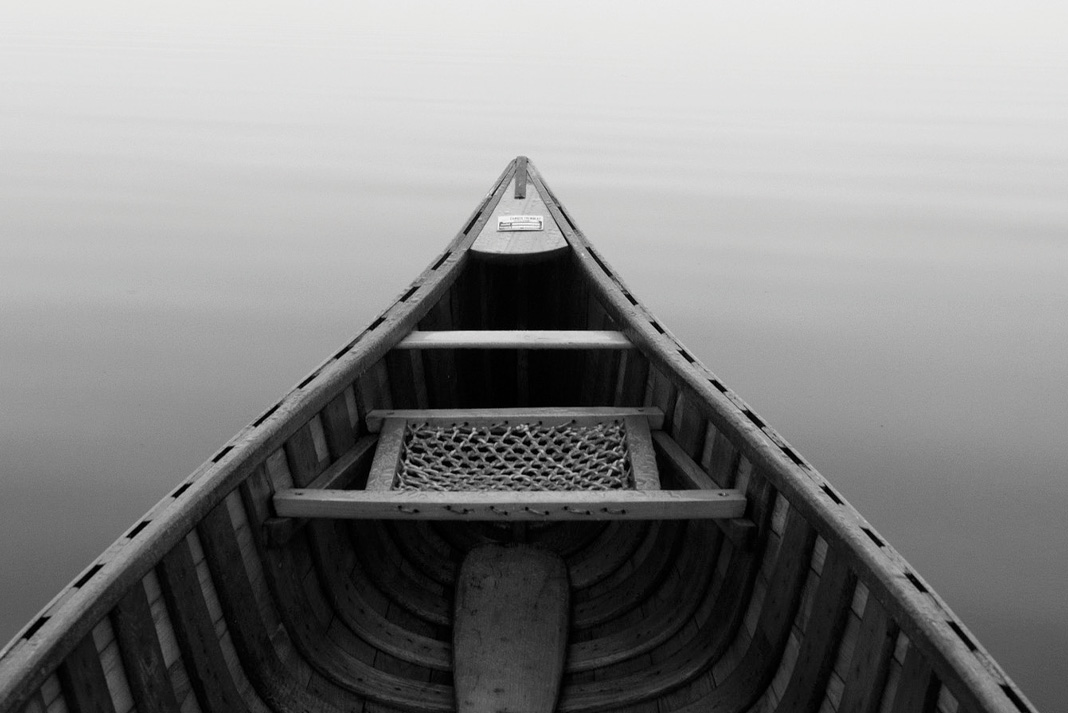
Far to the west, retired RCMP Staff Sergeant, Ed Hill, and Squamish Nation Elder-in-Training, Wes Nahannee, live on the Sunshine Coast, in the ocean-going canoeing capital of Canada. The two have been using canoes for 15 years to strengthen relations in their cross-cultural youth program, Pulling Together. They’re looking to organize a cross-Canada canoe caper for the country’s birthday, embodying the spirit of their program.
It’s been said the canoe was the greatest gift the First Nations gave to the next generations. When we honor the canoe, we honor our country’s First Nations people, who still today are often marginalized. If the canoe is an apt symbol of our shared past, can it also be a symbol of a more connected future?
Many people consider Canada to be a young nation—150 years isn’t old in terms of statehood. When we recognize the canoe on this special birthday, we’ll be honoring the history of this country, which stretches back thousands of years.
James Raffan is an author, traveler and former executive director of the Canadian Canoe Museum.
This article first appeared in the Fall 2015 issue of Canoeroots Magazine.
Subscribe to Paddling Magazine and get 25 years of digital magazine archives including our legacy titles: Rapid, Adventure Kayak and Canoeroots.



